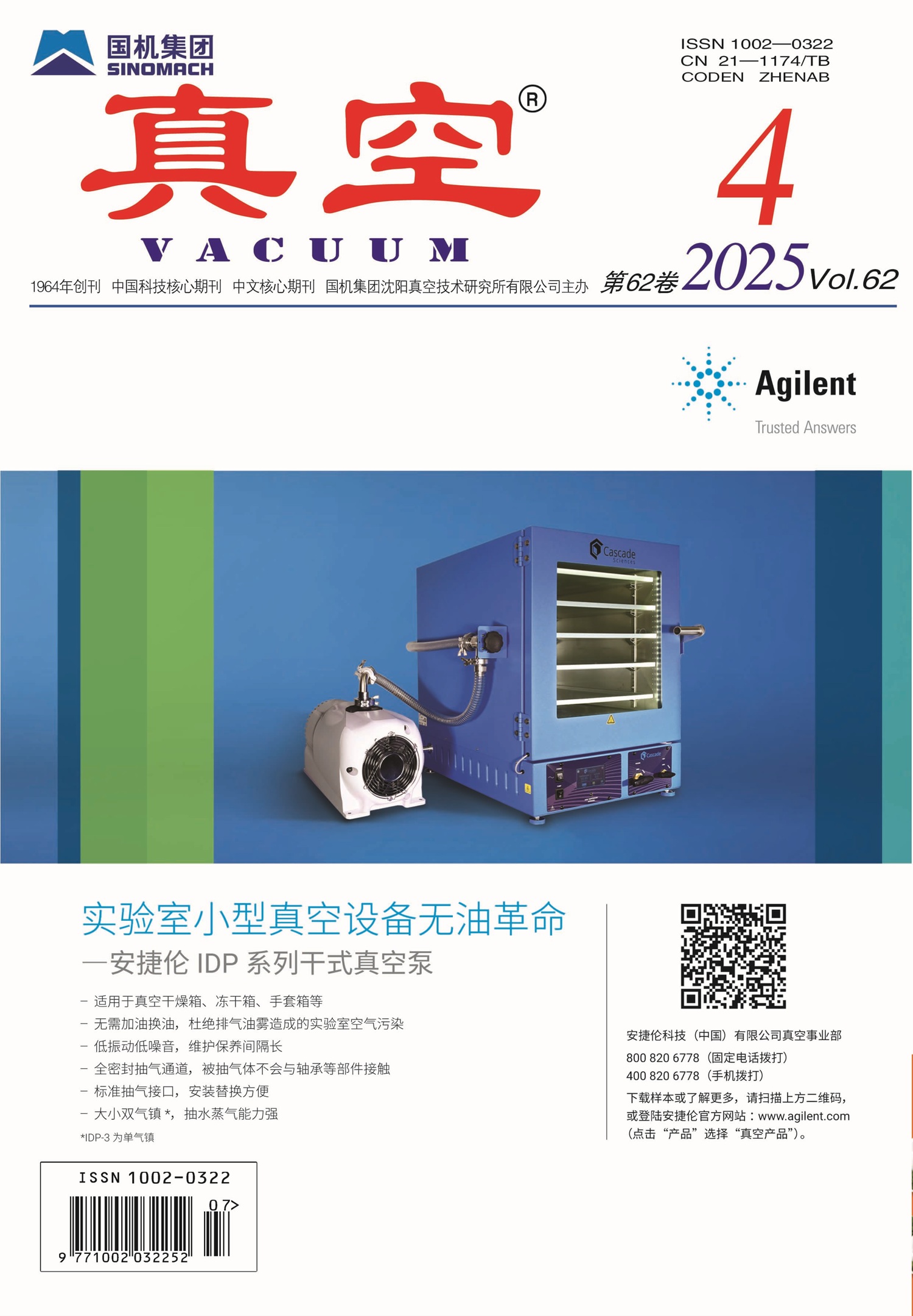|
|
Study on Thermal Micro-Displacement of Ion Thruster C-C Composite Grid under Multiple Conditions
GAO Bin, LI Juan, CHEN Juan-juan, LI Ru-yue, WANG Yan-long
VACUUM. 2024, 61 (5):
90-96.
DOI: 10.13385/j.cnki.vacuum.2024.05.12
Aiming at the design of C-C integrated composite grid module of LIPS-100 ion thruster, the thermodynamic characteristics of the grid were studied by using the thermal characteristics calculation model. Using Workbench transient thermal analysis method, the thermal performance parameters of two kinds of C-C gates with different curved surface orientation were analyzed, and compared with the traditional metal molybdenum gate. The results show that under the conditions of equal working conditions, equal spherical configuration and equal gate spacing, the weight of C-C composite gate is reduced by 35.7%, the upper limit of thermal analysis temperature is reduced by 19.6%, and the heating rate is reduced by 21.3%. Compared with molybdenum grid, the displacement of C-C composite screen grid is reduced by 0.151 mm, and the displacement of acceleration gate is reduced by 0.123 mm. The C-C composite screen grid has higher thermal shock resistance and can effectively alleviate the problem of gate spacing fluctuation in the early stage of thruster operation. Under the same composite gate material, when the spherical orientation structure is different, the grid center-edge thermal micro-displacement is different, the acceleration gate micro-displacement of convex gate is reduced by 0.025-0.038 mm compared to that of the concave gate, which can effectively improve the wear life of the acceleration gate zone. For small size ion thruster, convex grid has obvious advantages in thermal shock resistance.
References |
Related Articles |
Metrics
|

 Table of Content
Table of Content
 Table of Content
Table of Content